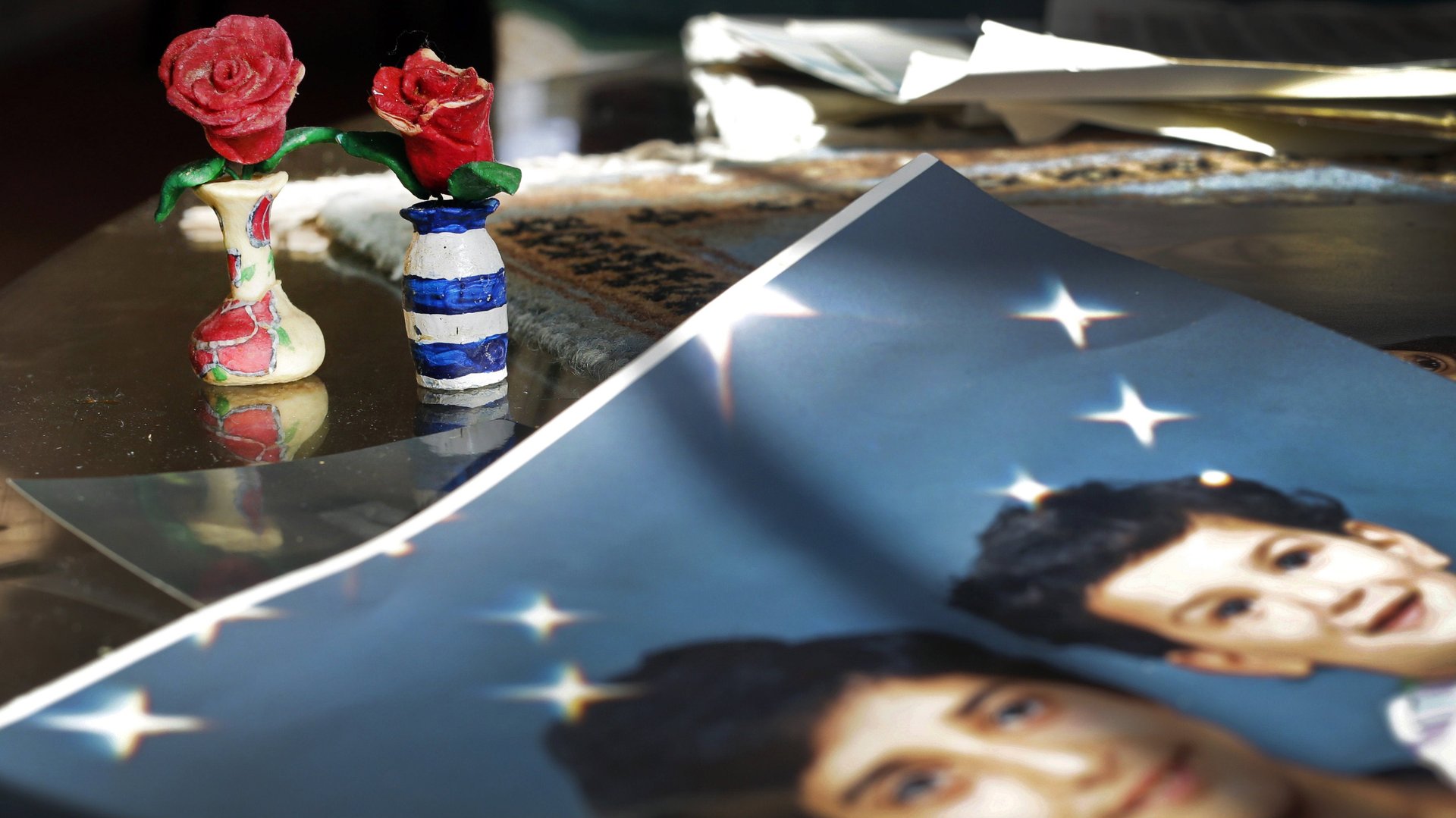Why “Serial” does not shock us children of immigrants
For the past two months, I’ve been quietly tolerating the podcast Serial, Sarah Koenig’s investigation into the 1999 murder of high school senior Hae Min Lee from Woodlawn, Maryland, and her half-assed character study of her convicted-by-law killer, Adnan Syed. I won’t rehash all the details—if you’re reading this, likely you are one of the many who, like me, have been feverishly following this story.


For the past two months, I’ve been quietly tolerating the podcast Serial, Sarah Koenig’s investigation into the 1999 murder of high school senior Hae Min Lee from Woodlawn, Maryland, and her half-assed character study of her convicted-by-law killer, Adnan Syed. I won’t rehash all the details—if you’re reading this, likely you are one of the many who, like me, have been feverishly following this story.
But in that time, I’ve been at odds with most friends who I’ve talked to about this, who week-by-week flip-flop over whether they trust Adnan, a Pakistani-American, who so well aligns to both sides of the hyphen. How could such a nice, well-spoken boy be so at peace when speaking from a high-security prison about the murder of his ex-girlfriend?
The entire run of Serial‘s inaugural season has been chasing this one elusive reveal, like some punch line, turning it into a modern, intellectual Law & Order: SVU.
Koenig has missed the point entirely: the mystery isn’t whether Adnan committed the murder—but the lives they lived, the faces they showed to the people around them, and why all of them are in such disconnect over why he could or couldn’t be a murderer in the first place.
The oversight has come under fire before, in articles that accuse Koenig and the show of suffering from a blindness of white privilege and seeing Asians as model minorities, that accuse the show of painting its Asian “characters” with broad brushes. But I’d argue in addition to white privilege, Koenig’s bigger fault is quite simply at her job as a journalist—eschewing the human story and instead trying to make a pulp thriller.
In talking to people about Serial, I’ve stressed two points: 1) this murder, heinous and gut-wrenching as it is, is quite normal in Baltimore; and 2) despite Koenig being unable to grasp her own topic, it paints a very familiar painting of what growing up in Baltimore County is like.
Let me make something clear: I’m very biased toward believing Adnan’s innocence. I know Adnan Syed—not personally, but I know exactly where he comes from.
I grew up in Reisterstown, Maryland, a couple towns over from Woodlawn, but ultimately it was all one big neighborhood. In my dweeby teen years, interested in video games and Criterion DVDs, the infamous Best Buy at Security Boulevard was a second home. I attended a magnet middle school for math and science a just a few miles from there.
To put it bluntly, I was not Adnan Syed. But in 1999, he sure was the kind of kid I idolized.
Some of the episodes touched on Adnan’s upbringing in the South Asian family, discussing how at home and in his Islamic community he was a “good boy”—he prayed with the family, showed respect to elders, and was genial towards all.
But Koenig has tried hard to draw dissonance between that and the “other” Adnan at school, with his American friends—a kid that partied, smoked pot, had a secret girlfriend.
Many children of immigrants, South Asian or otherwise, know this double life well. The state prosecution, and increasingly the podcast, used this duplicity as proof of Adnan’s guilty character.
Baltimore is a hard-scrabble place: a mostly blue-collar community, one of racially diverse enclaves that brush shoulders and never quite mix. The cast of the show—spirited litigator Rabia Chaudry, skeezy drug dealer Jay, the soft-spoken cops Ritz and MacGillavary—are people who probably wouldn’t come into contact with each other in any other situation.
And yes, murder is fairly common, as shown in Episode 3 “Leakin Park.” Every year around this time, among the holiday cheer, I have vivid memories of the local TV news almost nightly counting down the calendar, wondering if Baltimore’s homicide rate would exceed last year’s, if there were more bodies than 365 days in the year. It’s the twisted game we Baltimoreans play. Sick as it is, how else do you cope with a place nicknamed Bodymore, Murderland?
This post originally appeared at The Aerogram on December 16th, 2014.